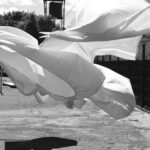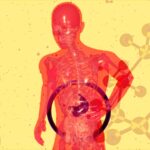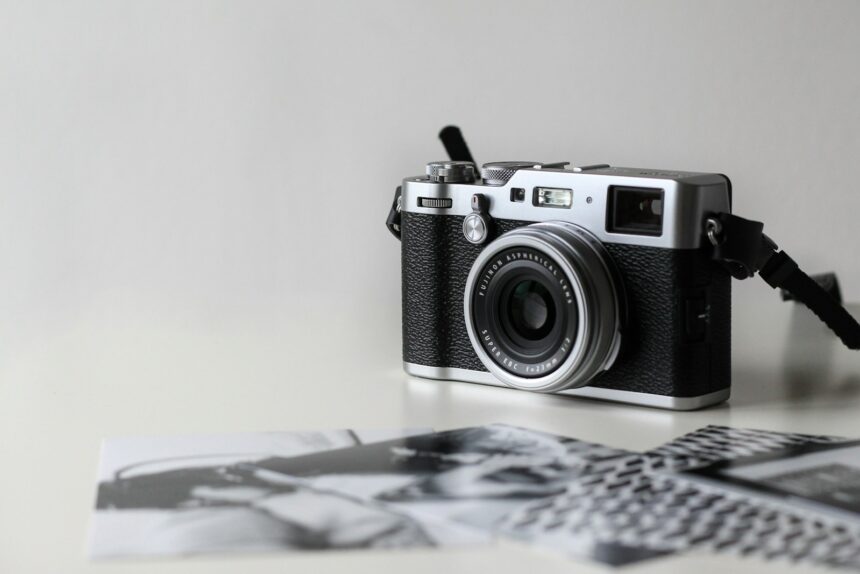Before diving into the details, it helps to understand why beginner photographers often overspend. The camera industry thrives on marketing buzzwords and new models, but the truth is: you do not need the latest, priciest gear to take beautiful, professional-looking images.
For those just getting started, the key is buying smart, not big. That means knowing what actually impacts your photography—and what is just expensive fluff. You want tools that teach you the fundamentals, let you experiment, and are easy to grow with.

Cameras come in all shapes and price points, and most beginners gravitate toward DSLRs or mirrorless models. A solid entry-level DSLR like the Canon EOS Rebel T7 or Nikon D3500 will get you going for around $400 with a kit lens included. If you prefer something more compact, the Sony Alpha a6000 is an older mirrorless option that is still one of the most loved for beginners, often under $500.
That kit lens (usually 18–55mm) is surprisingly versatile. It is enough for portraits, casual landscapes, and learning depth of field. Once you feel comfortable, a 50mm f/1.8 lens is the next best purchase. It is inexpensive—often under $125—and perfect for low light and creamy background blur.
Do not skip the tripod. A decent one like the AmazonBasics 60-inch lightweight tripod costs under $30 and makes all the difference for low-light, long-exposure, or self-portraits. Also, remember memory cards. Go for a reliable brand like SanDisk with at least 64GB and fast write speeds.
A padded camera bag is another small investment that goes a long way. Lowepro and Case Logic offer strong, affordable options under $40. Protecting your gear matters, especially when you are moving around.
Editing is just as important as taking the photo. Free tools like Snapseed and Lightroom Mobile can teach you the basics before you invest in software. If you are ready for more power, Adobe offers a student discount for Lightroom and Photoshop.
Ultimately, building your gear collection is a marathon, not a sprint. Buy gear that challenges your creativity—not your credit limit. And always remember: the best camera is the one you enjoy using.







